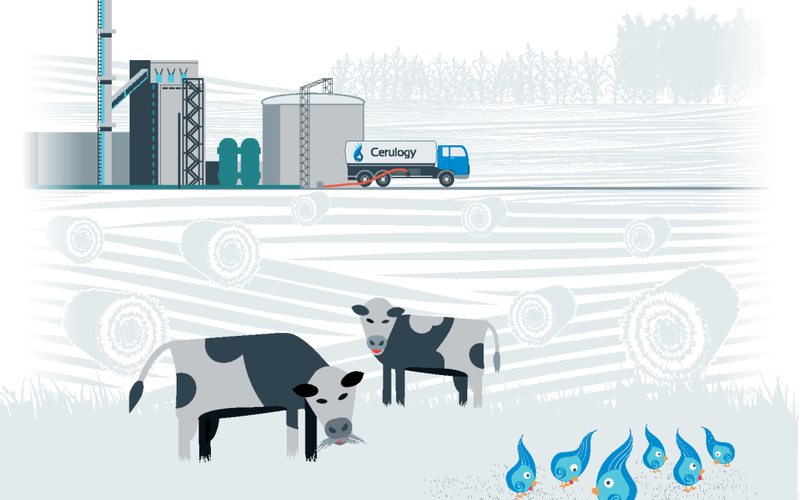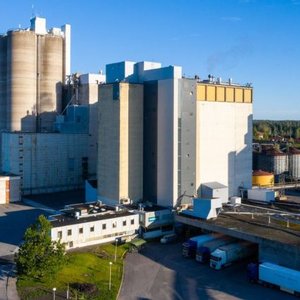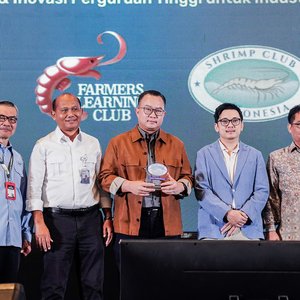A new study, carried out by Cerulogy, on behalf of Transport & Environment (T&E) shows Europe’s growing use of animal fats to power its cars and planes. According to a study use of animal fat biodiesel has doubled in the past decade and is 40 times higher than it was in 2006. Demand for animal fats in biofuels is also projected to triple by 2030 compared to 2021. This feedstock is expected to be the most used material in SAFs using cooking oil (UCO), with fuel suppliers investing heavily in the processing of animal fats for biodiesel and other fuels. Already Europe burns 46% of all animal fat feedstocks as biodiesel, the study shows, making transport the biggest user of such fats. However, like any product, the availability of animal fats is limited.
Competing uses and unsustainability
EU rules classify three types of animal fats depending on their risk levels for human consumption and disease transmission. The three categories have different uses outside of transport. Categories 1 and 2 can be used in heating applications whereas Category 3 has much more uses, including in feed, pet food and oleochemical industries. The increased demand for animal fats for transport is putting pressure on supplies of all categories, leading to displacement effects when industries replace animal fats with other materials, usually cheaply available oils. If unsustainable materials are replacing the current uses of animal fats, the shift in uses can therefore significantly undermine the climate benefits of using animal fats biofuels. In the oleochemicals industry, feed and pet food industry, for example, palm oil is considered the most likely substitute.
Potential fraud in labeling?
Laws like the EUʼs Renewable Energy Directive (RED) and ReFuelEU for aviation encourage the production of animal fats for transport fuels by allowing fuel suppliers to meet targets with them. The RED prioritizes categories 1 & 2 animal fats in transport fuels by allowing them to count for double to meet targets. In theory, this should mean fuel suppliers prioritize categories 1 & 2. However, whereas the use of categories 1 and 2 has increased by 36%, thus reaching its full potential, the use of category 3 fats for biodiesel has grown by 160% since 2014, hence becoming an increasingly attractive feedstock for biofuels. The Cerulogy report, carried out on behalf of T&E states that “if the additional value to a biofuel producer of the double counting incentive exceeds the extra value available for category 3 material on the market, then it would become economically rational to downgrade category 3 material to a lower category”. Hence, there is a risk of fraud where category 3 material would be purposefully downgraded to categories 1 or 2 in order to gain access to double counting incentives.
Following up on the study, T&E recommends that lawmakers take into account the limited availability of animal fats, the issues around competing uses and the displacement effects of using animal fat biofuels when designing their biofuel incentives. This means:
- Adopting a robust limit on the use of animal fats category 1 & 2 in transport fuels, keeping the limit on Part B of Annex IX
- Excluding the use of category 3 because of its numerous other uses.
- Applying these safeguards to the aviation and shipping sectors.
It also calls for the commission to investigate the existence of potential fraud in the system, to adopt stronger safeguards to tackle the risk of fraud along the supply chains and ensure a robust auditing system by an independent body, put in place by national authorities or the European Commission itself.
Find more information about the report here.












